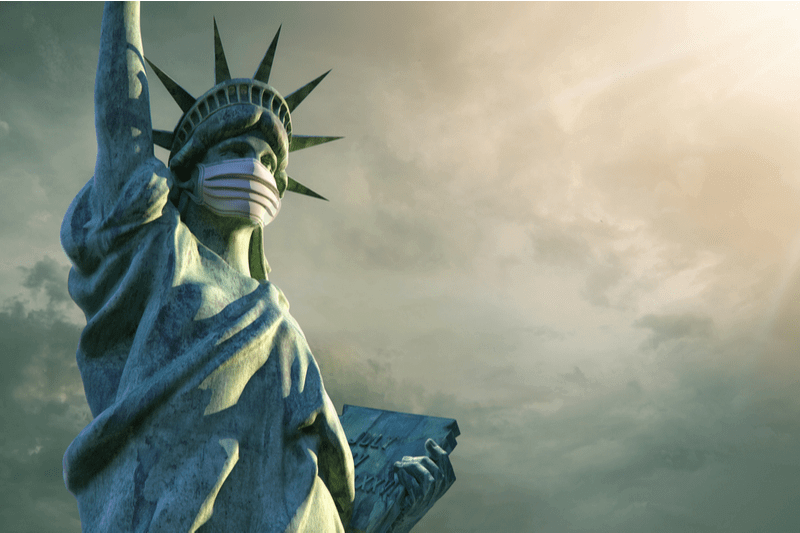The coronavirus was brewing in New York City long before we first realized it.
The first case of COVID-19 was officially documented in New York on March 1. But according to researchers at the Icahn School of Medicine at Mount Sinai Hospital, more than 1.7 million people—about 20% of the city’s population—had been infected by the coronavirus by that date. Since the virus was so new at the time, it went unrecognized.
Additionally, Mount Sinai researchers predict that the COVID-19 mortality rate was already close to 1% by then. That would make the pre-March outbreak ten times deadlier than the seasonal flu.
Unwitting Carriers
Researchers analyzed some 10,700 plasma samples extracted between February 9 and July 5, 2020. They checked the samples for the presence of antibodies, which would imply the former presence of COVID-19 in the respective patients.
Of course, at the onset of the pandemic, there was only minimal testing capacity in New York. As a result, many people who did not have the more severe symptoms of COVID-19 likely had no idea that they even carried it. In fact, they may not have even heard of the coronavirus, which has since claimed the lives of over 220,000 Americans.
“We now know there were many asymptomatic and mild-to-moderate cases that likely went undetected,” said senior study author Dr. Emlia Mia Sordillo. “In this study, we aimed to understand the dynamics of infection in the general population and in people seeking urgent care,” Sordillo said in a Mount Sinai news release.
About the Study
Doctors analyzed two sets of plasma samples. The first group came mostly from people who presented symptoms. These 4,100 samples came from patients who sought care at Mount Sinai’s emergency room or who the hospital admitted for urgent care. Researchers considered these cases to be moderate to severe.
The second group did not come from obvious COVID patients. Instead, 6,600 samples came from patients who attended regular office/treatment visits. Researchers considered this set of samples to represent infection rates in the general population, including asymptomatic and mild cases.
Herd Immunity?
Despite the whopping revelation that 20% of New Yorkers carried the virus before March, the idea that it could have helped to establish herd immunity is not supported by the data.
The concept of herd immunity is that such a large portion of the community has survived the virus and is carrying antibodies, that it is virtually impossible for anyone else to get sick from it. But in New York’s case, developing herd immunity would have required a much larger chunk of the population to have been infected. In the case of measles, for instance, the Mayo Clinic says that 94% of a population would have to become immune for herd immunity to take place. Hence, 20% of New Yorkers surviving COVID-19 is not nearly enough.
Florian Krammer, one of the authors of the new study, asserts as much. Still, he says that “knowing the detailed dynamics” of the infection rate prior to March “is important for modeling seroprevalence elsewhere in the country.” In other words, the new data can help scientists in other regions put together the pieces of when and how the outbreak began where they are.






